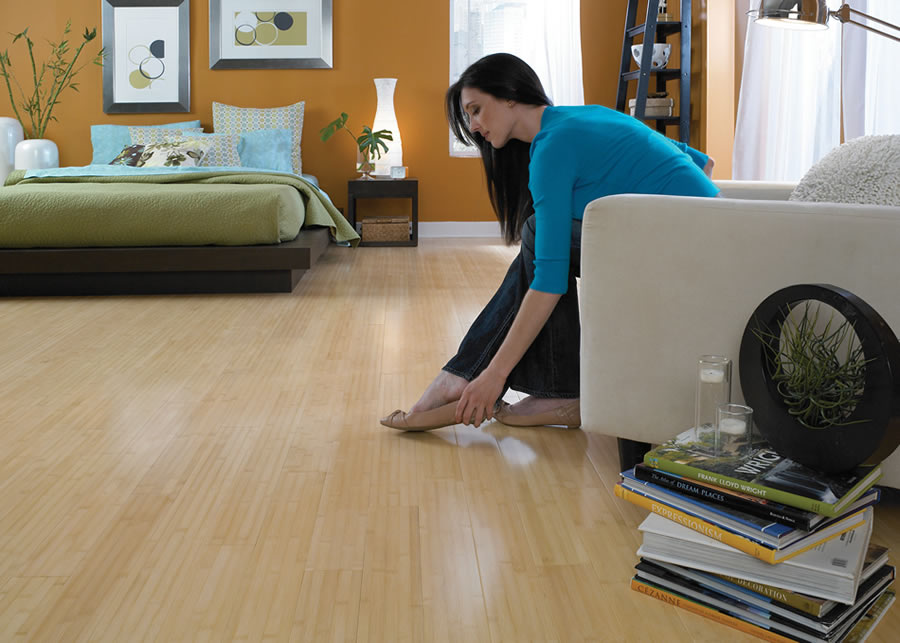above: Bamboo is actually a grass, not wood.
pictured: Morning Star Natural Bamboo from Lumber Liquidators
Dreaming About Wood Floors
So, what’s most important to women buying wood flooring?
Whether for a special area or your whole home, the look of wood flooring presents an unrivaled aesthetic. From classic and elegant to contemporary and casual, the tremendous variety in wood species, finishes and plank sizes presents attractive options for just about every style and budget.
Besides its natural good looks, wood flooring is a popular choice because it is relatively low-maintenance. Compared with carpeting, spills and muddy shoe prints on wood flooring are generally much easier to clean up. Carpeting can also be a haven for dust, bacteria, mites and pet dander—all of which can present health risks, particularly for small children and individuals with respiratory ailments—making wood floors a healthier choice.
But all wood flooring solutions are not the same. In fact, some aren’t actually wood at all! Which is a good thing, because traditional solid hardwoods aren’t recommended for some applications, such as bathrooms and basement floors. Turn the page to learn about five of the most popular wood flooring and wood floor alternatives.
VINYL WOOD PLANKS
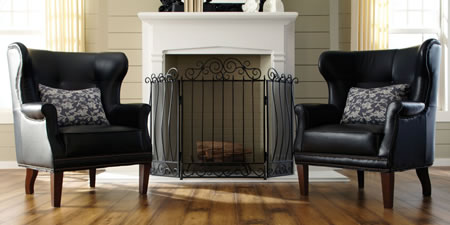
pictured: Tranquility Antique Oak Resilient Vinyl from Lumber Liquidators
LAMINATE WOOD FLOORING
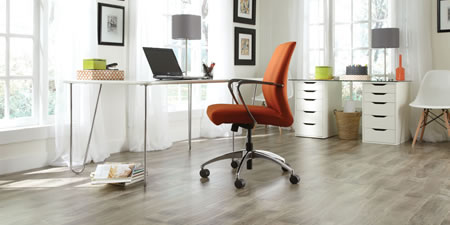
pictured: Cape Doctor Laminate Flooring, part of the Kensington Manor Collection by Dream Home sold thru Lumber Liquidators.
ENGINEERED WOOD FLOORING
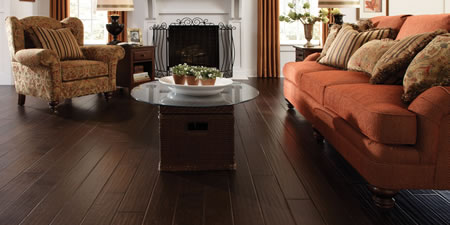
pictured: Virginia Mill Works Birch Engineered Somerton Hand-Scraped from Lumber Liquidators.
SOLID WOOD FLOORING
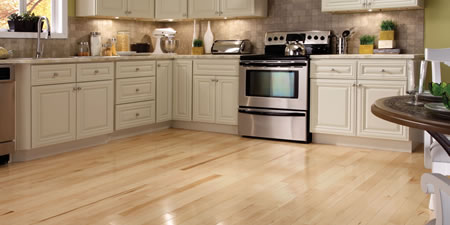
pictured: Bellawood Natural Maple from Lumber Liquidators.
WOOD TILE FLOORING
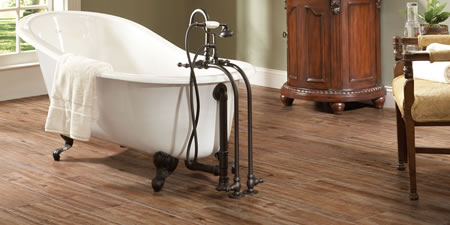
pictured: American Heritage Natural Porcelain from American Marazzi Tile
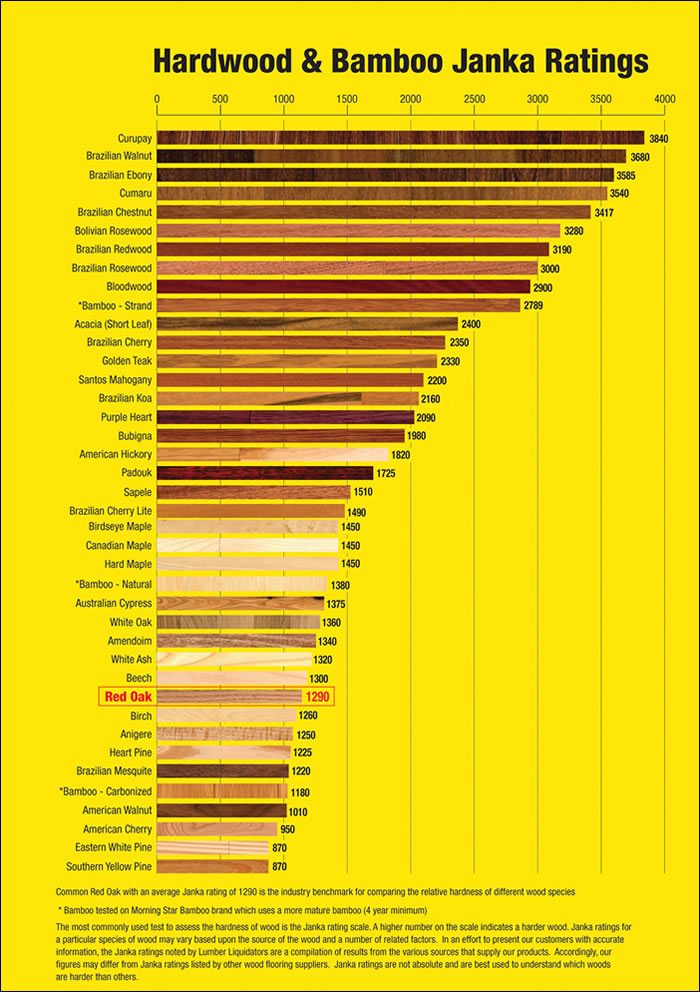
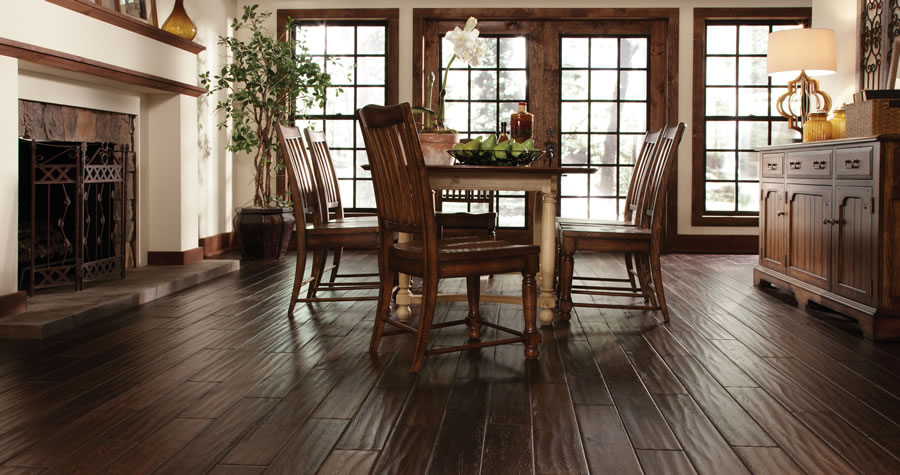
One-On-One with Bill Schlegel, Chief Merchandising Officer at Lumber Liquidators
 Bill Schlege - Chief Merchandising Officer at Lumber LiquidatorsBill Schlegel is a guy who knows wood floors…and he knows a lot about today’s wood flooring buyers, starting with gender. “Ninety-eight percent of the time women are the ultimate decision makers when it comes to wood flooring purchases,” said Schlegel. So, what’s most important to women buying wood flooring?
Bill Schlege - Chief Merchandising Officer at Lumber LiquidatorsBill Schlegel is a guy who knows wood floors…and he knows a lot about today’s wood flooring buyers, starting with gender. “Ninety-eight percent of the time women are the ultimate decision makers when it comes to wood flooring purchases,” said Schlegel. So, what’s most important to women buying wood flooring?
HOW IT LOOKS.
Beyond the wood species chosen, selecting the right finish is important. According to Schlegel, “High gloss finishes are beautiful, but they show dirt. So many women are opting for duller finishes, though not as formal. Additionally, hand-scraped finishes don’t show dirt as much.” Schlegel also mentioned that grays and blacks are “hot” wood flooring colors for 2013.
IS IT GREEN?
Wood flooring requires cutting down trees. Accordingly, Schlegel stated “At Lumber Liquidators, our flooring comes only from managed forests and styles such as butcher block utilize more of the log.” Bamboo and cork regrow from the same plant after harvesting, so no replanting is necessary. With its plywood base, engineered wood makes maximum use of timber that is harvested and both can be refinished, keeping the flooring out of landfills.
HOW DOES IT WEAR?
High traffic areas warrant special attention. “Harder wood species such as bamboo and dull finishes are good choices for high wear areas,” suggested Schlegel, who also suggested that wear and scratches are less perceptible with hand-scraped finishes due to the surface irregularities. Warranties are another indicator of wear. Schlegel pointed out that Bellawood, Lumber Liquidator’s top-of-the-line wood flooring, carries a 100 year, transferable, finish warranty for wear. The company’s other solid wood, engineered wood, laminate and vinyl wood planks are warranted from 15 to 30 years.
PRICE.
Schlegel was proud to point out “Lumber Liquidators has flooring options for every price point.” Of course, the material price is just one of the costs involved. There’s also moldings for where the floors and walls meet, underlayment plus installation tools and supplies. Then there’s the expense of installation labor. According to Schlegel, Lumber Liquidators can arrange professional installation through a network of local, independent contractors. The company also offers to teach do-it-yourselfers how to install their flooring and save as much as $2 to $4 per square foot.
Finally, we asked Schlegel “What was the one thing women regretted or wish they had known once their new floors were in? He replied, “That would probably be women wishing they had more carefully followed the instructions. For example, after the wood flooring arrives, it should be left for a few days in the area where it will be installed to acclimate to the temperature and humidity levels.”
